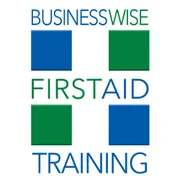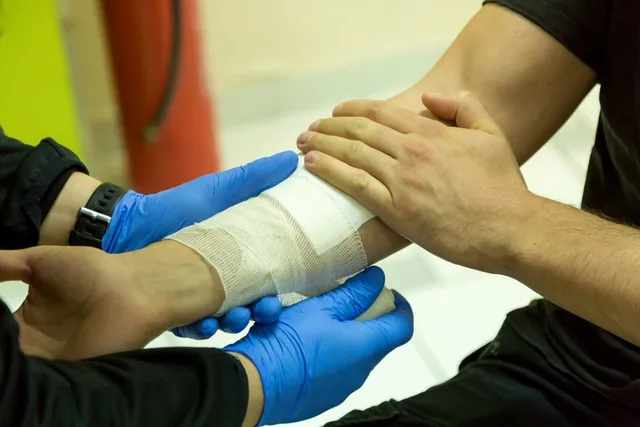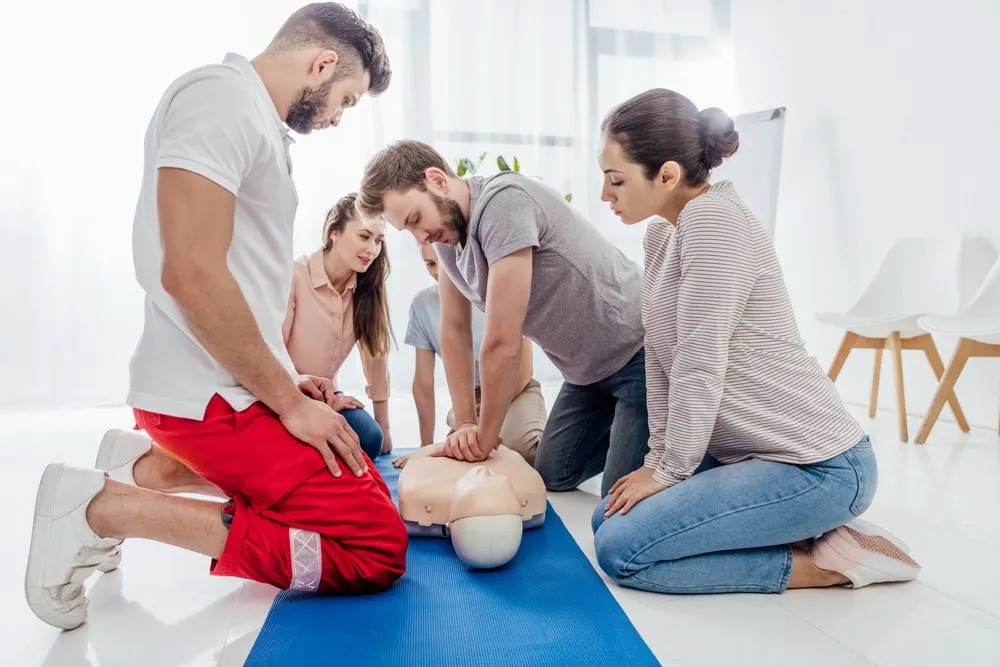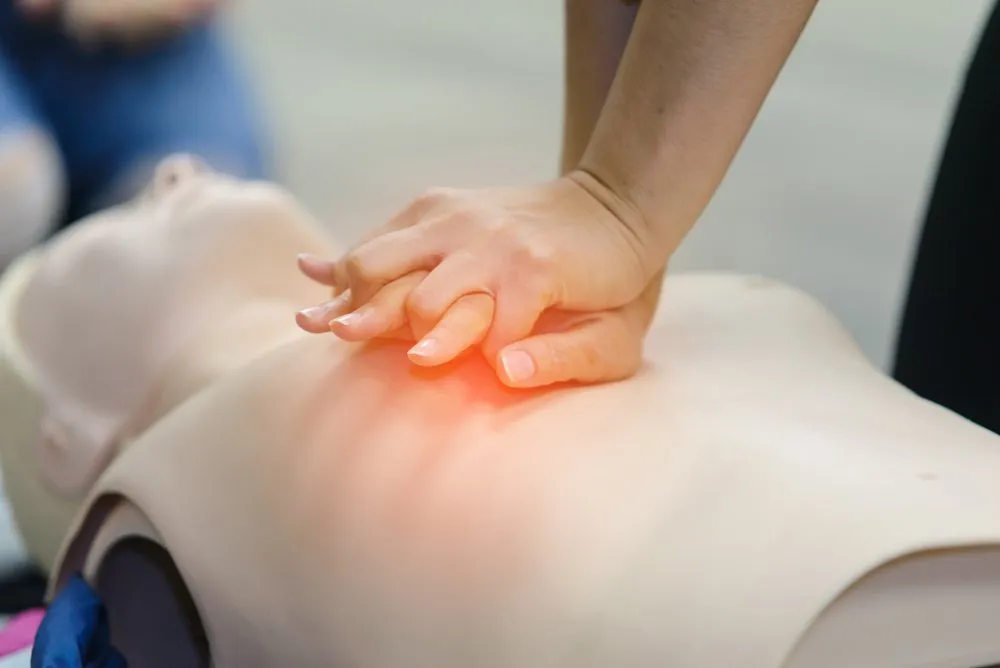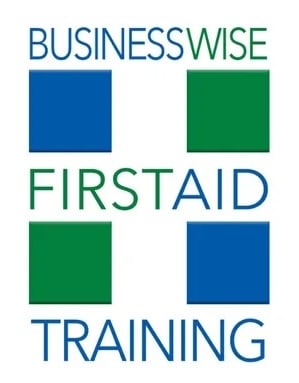Understanding the truth about first aid is crucial for providing effective assistance in emergencies. In this post, we’ll debunk some common first aid myths, empowering you with accurate information that can make a real difference in a crisis.
Giving Water to Someone Having a Seizure
During a seizure, it’s a common misconception that you should put something in the person’s mouth or give them water to prevent choking.
In reality, these actions can be dangerous. The best course of action is to clear the area around the person, protect their head, and call for medical help.
Heat Stroke Treatment with Cold Water
When someone is experiencing heatstroke, pouring cold water on them might seem like a logical solution.
However, this can cause shock. Instead, move the person to a cooler place, fan them, and apply cool, wet compresses to help gradually lower their body temperature.
Rubbing Alcohol on Wounds
While it may seem like a good idea to use rubbing alcohol to clean wounds, it can be excessively harsh on the skin and delay the healing process.
The recommended approach is to clean wounds gently with mild soap and water, and then cover them with a sterile bandage.
Butter on Burns
One persistent myth suggests that applying butter or other greasy substances to burns can soothe the pain and promote healing. However, this is false.
Grease can trap heat and worsen the burn. The correct response is to cool the burn with running water and cover it with a clean, non-stick bandage.
Sucking a Snake Bite
The myth of sucking out snake venom from a bite has persisted for years, perpetuated by movies and folklore. However, this method is not only ineffective but can also be dangerous. Sucking a snake bite can introduce bacteria into the wound and increase the risk of infection. Moreover, attempting to extract venom with the mouth may lead to harm for both the victim and the person attempting the rescue.
Immediate medical attention, including calling for emergency services and keeping the affected limb immobilised, is the recommended response to a snake bite, emphasising the importance of dispelling this potentially harmful myth.
Tilting the Head Back During a Nosebleed
Contrary to popular belief, tilting the head back during a nosebleed is not recommended. This can lead to blood flowing down the throat, potentially causing choking or stomach upset.
Instead, the person should lean forward slightly, pinching the nostrils together and breathing through the mouth.
Peeing on a Jellyfish Sting
The notion of peeing on a jellyfish sting is a pervasive myth that, while popularised in pop culture, lacks scientific merit. In reality, urine can exacerbate the pain as it may trigger the jellyfish’s stingers to release more venom. Instead, experts recommend rinsing the affected area with vinegar to neutralise toxins. This simple yet effective remedy helps alleviate pain and prevent the spread of venom.
Dispelling the “peeing on a jellyfish sting” myth is crucial for promoting accurate and helpful first aid practices, ensuring individuals respond appropriately to this common coastal hazard.
Put Something in the Mouth if a Person is Seizing
The myth of putting something in the mouth during a seizure is not only false but also dangerous. Placing an object in the mouth can lead to choking, broken teeth, or injuries to the person experiencing the seizure. It’s crucial to remember that during a seizure, the individual has no control over their movements.
The best course of action is to ensure a safe environment by moving any nearby objects, cushioning the person’s head, and allowing the seizure to run its course. Avoid interventions like putting something in the mouth, and seek medical assistance if seizures are recurrent or prolonged.
First Aid Course
BWFAT is a leading first aid course in Newcastle provider with national recognition.
